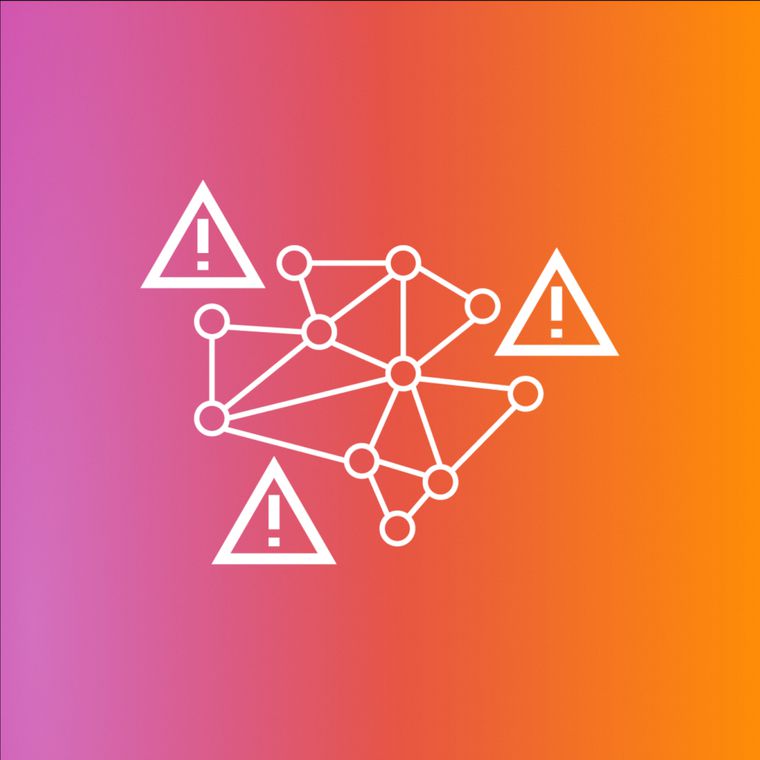Step-by-Step to Implement AI-Based Threat Intelligence in Technology
Learn how AI-based threat intelligence in technology improves detection, stops attacks, and strengthens defenses.
October 1, 2025
Cybercriminals are weaponizing AI to orchestrate sophisticated cyberattacks on an unprecedented scale. Anthropic recently revealed that its Claude chatbot was hijacked to hack 17 organizations, with attackers using AI to craft psychologically targeted extortion demands and even suggest ransom amounts.
AI-enabled attacks like this shrink vulnerability exploitation time from weeks to minutes. This is why threat detection needs to shift from a reactive to a proactive approach. In fact, for technology leaders protecting complex digital infrastructures, implementing AI-based threat intelligence while maintaining operational efficiency and regulatory compliance is now critical.
AI-Enhanced Systems Outperform Traditional Approaches for Complex Threat Detection
Legacy security architectures fail against contemporary AI-driven threat vectors. Adversaries leverage machine learning to engineer attacks that circumvent signature-based detection entirely, rendering traditional defenses obsolete. These sophisticated campaigns systematically exploit security control weaknesses through automated, polymorphic techniques.
Technology enterprises face disproportionate exposure. Supply chain intrusions compromise development environments while credential harvesting operations target federated authentication systems. Threat actors also pursue intellectual property, customer datasets, and source code through coordinated campaigns. Additionally, the capability gap between static defenses and AI-augmented security platforms continues to widen daily.
Organizations require behavioral AI solutions that match the sophistication of adversaries, which are critical when confronting autonomous threats that adapt faster than security teams can analyze and respond.
That said, here are five steps to implement AI-based threat intelligence in technology.
1. Understand Your Threat Landscape
Implementing AI-based threat intelligence starts with understanding what you're defending against. For instance, technology companies face distinct risks. These include supply chain attacks through code repositories, API exploitation during product launches, and intellectual property theft via compromised developer accounts.
To mitigate this, start by mapping what matters most and then identify critical systems, customer databases, and proprietary code repositories. Next, monitor how threat actors target similar companies, as they often strike during predictable moments, such as deployments or updates.
Also, combine external threat intelligence feeds with internal monitoring to spot patterns. For instance, API endpoints experience higher attack rates during traffic spikes, while development environments face an increased number of credential theft attempts. This foundational understanding enables AI systems to distinguish genuine threats from normal activity.
2. Choose an AI-Powered Threat Intelligence Platform That Fits Your Needs
Selecting the right AI threat intelligence platform requires evaluating technical capabilities against operational needs. Many platforms promise advanced detection without demonstrating real performance or NIST framework alignment.
Effective AI platforms deliver verifiable detection accuracy while integrating seamlessly with existing infrastructure. Ensure evaluating multi-modal architectures combining machine learning, deep learning, and natural language processing for comprehensive threat intelligence.
Since behavioral AI platforms excel at detecting sophisticated attacks by understanding normal business communications and operational patterns, ensure that your chosen platform supports API integration, provides compliance documentation, and demonstrates success in technology environments.
3. Train the AI With Industry-Specific Context
Training AI threat intelligence systems with technology-specific patterns dramatically improves accuracy. Generic models generate excessive false positives because they lack context about legitimate developer workflows and system behaviors.
Start by complying with the NIST framework guidance to ensure comprehensive coverage across identify, protect, detect, respond, and recover functions. Behavioral AI systems must learn normal patterns: developer authentication behaviors, legitimate API calls, deployment cycles, and distributed team interactions. Last, but not least, feed your AI models with historical security incidents, communication patterns, and threat indicators specific to your technology stack.
4. Automate Threat Response Without Creating Alert Fatigue
Intelligent automation enhances threat intelligence without overwhelming security teams. Poor implementation creates alert fatigue through excessive low-priority notifications that bury critical threats.
To achieve this, follow the NIST incident response guidelines for structured automation. Next, deploy SOAR capabilities that prioritize threats, enrich alerts with context, and suggest response actions.
Generative AI solutions adapt responses based on threat severity and business impact. For example, automated systems quarantine suspicious emails while providing security analysts with sender history, behavioral analysis, and recommended workflows. This approach reduces mean time to respond while preserving human oversight for critical decisions. Finally, ensure that you strike a balance between automation and control to maintain both efficiency and accuracy.
5. Continuously Evolve Your Intelligence
AI threat intelligence must continually evolve to maintain its effectiveness. Static implementations quickly become obsolete as threat actors adapt tactics and your environment changes.
Implement cyclical improvement by collecting real-time telemetry, retraining models quarterly, and evaluating performance constantly. Research confirms that effective systems require continuous feedback loops to ensure adaptability through model retraining, anomaly detection, and performance monitoring.
To achieve this, establish four-stage cycles that include telemetry collection, AI observation, semantic analysis, and historical comparison. Incorporate new threat intelligence feeds, analyze false positive patterns, adjust detection parameters, and integrate incident response lessons.
Building Resilient Technology Security with Abnormal
Implementing AI-based threat intelligence in technology companies requires systematic approaches, balancing advanced detection with operational practicality. The five-step framework offers technology leaders a proven path to an enhanced cybersecurity posture.
Additionally, organizations that follow a structured implementation can achieve measurable improvements in threat detection accuracy, analyst productivity, and security effectiveness. As threat actors leverage AI-enhanced tactics against technology infrastructure, transitioning from traditional signature-based security to behavioral AI systems becomes essential for maintaining competitive security operations.
That said, here's an example of how Abnormal provides measurable outcomes for technology companies:
Rubicon: Eliminating Waste in Email Security
Rubicon, serving 7,000+ customers across 20 countries with waste management solutions, needed to secure 3,100+ mailboxes while maintaining operational efficiency.
Abnormal's API-based platform delivered immediate results:
5-minute deployment with full environment visibility
In the first 8 months, they prevented 444 account takeovers, 5,597 phishing attacks, and 3,964 BEC and impersonation attacks
Supply chain protection through VendorBase™ intelligence
The VP of Cybersecurity, George Insko emphasized: "Abnormal eliminated the waste of reviewing copious email alerts and false positives, allowing our team to focus on strategic initiatives."
Explore our customer stories or book a demo to discover how Abnormal protects your technology environment.
Related Posts
Get the Latest Email Security Insights
Subscribe to our newsletter to receive updates on the latest attacks and new trends in the email threat landscape.


